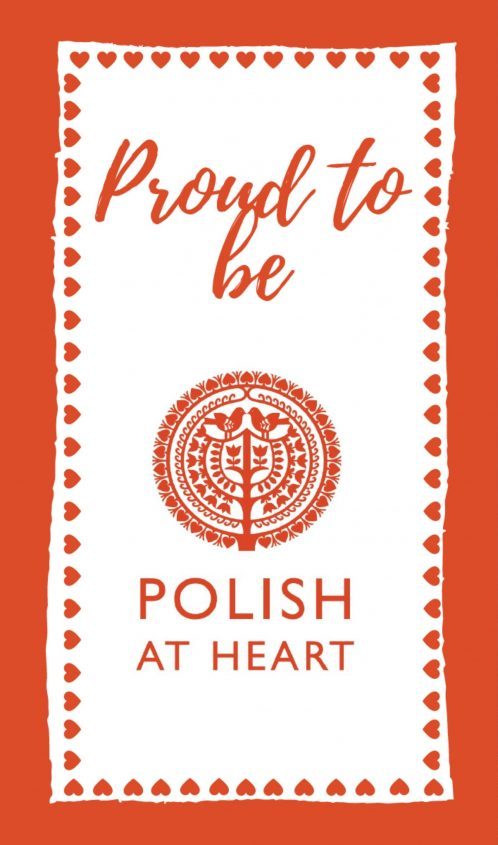Among my New Year’s resolutions, is one to carry on getting a grip on my tidying abilities – in fact, to relearn how to tidy. Tidying a home (particularly if you come from a family of exiled Poles) isn’t something that comes naturally. By chance, some time ago I found a wonderful little book that has helped me to turn the corner.
Called “The Magic of Tidying” by Japanese expert Mari Kondo, it has been a revelation to me. I picked it up at my local library (‘save our libraries!’) and was hooked by the idea. It teaches a system that can take months to refine. But once learnt it’s meant to be a system for life. The key to success is to organize in the right order and keep only the items that bring you JOY. In truth, I struggle with some of the methods. For example, I often think ‘if I am only to keep things that bring me joy, what about parting with the things that I have for other reasons…?’ My Polish existence after all, is never just about joy. My psyche is a weird blend of joy, pride, longing and tragedy. So despite the brilliance of this little book and because I’m Polish, here are my five struggles with the Kon-Mari way:
One: Bo się kiedyś przyda – because it might come in useful
There’s something about a Polish home that is encapsulated in this saying. Especially for people who went through the war, suffered deportation to Siberia or to German labour camps. When you’ve had nothing, everything you own is precious. So the fact that things will always come in useful, perhaps in another incarnation (example: old clothes cut up into cleaning cloths). When life depended on recycling items that saved families from destitution, people thought hard about throwing some things out. Thrift is what the Brits call it, and the idea lives on.
Two: Bo szkoda wyrzucać – a shame to throw it out
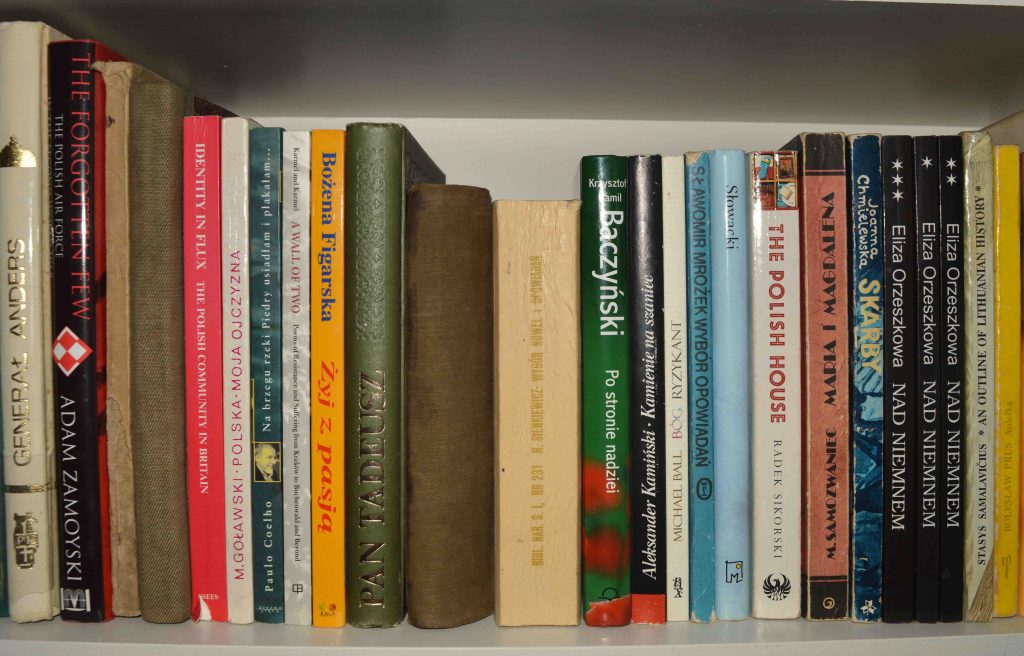
The Polish home, I like to think, is something different to others. Old Polish books, for example, are too treasured to throw out. So what if you’ve never read the whole of Krzyżacy or Pan Tadeusz, it’s enough that you have them, surely? The home is after all the cradle of the Polish nation. For 123 years when Poland didn’t exist on the map of Europe, the concept of nationhood survived particularly through the maternal line, as mothers taught its language and traditions to their children, despite it not being allowed in schools. These children grew up to carry love for their nation in their hearts and fight for it when the time came. A Polish home without classics? Not possible, surely?
Three: Bo to coś porządnego – because it’s a decent make
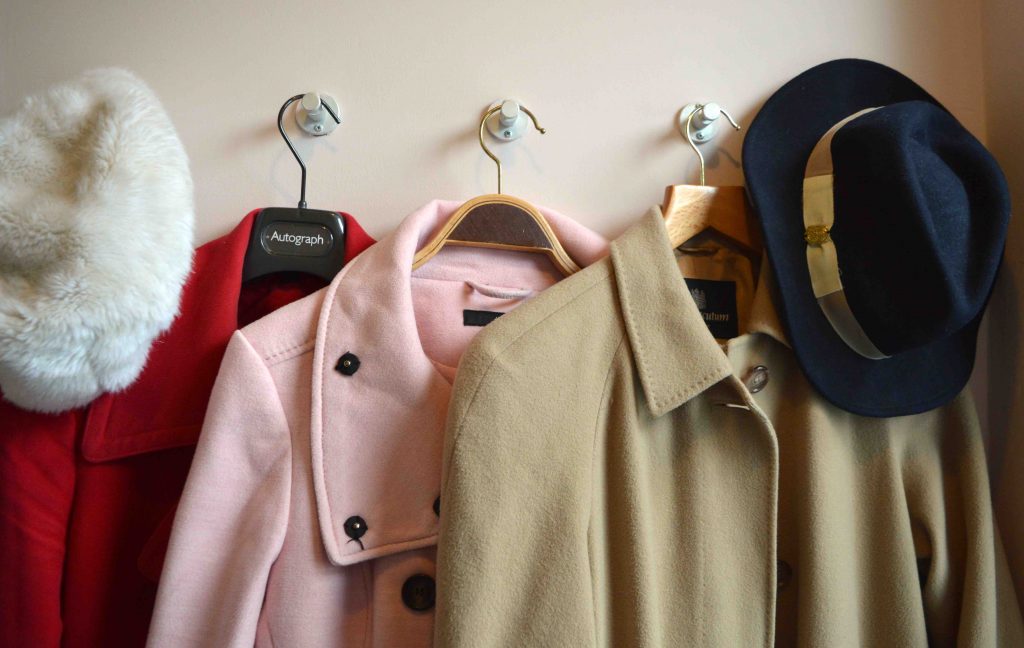
Because it’s a good make of coat, made to last, not in fashion any more, but wait long enough and it will be worn with pride again. Poles have coats for different occasions, mainly based on the weather, but also occasions, e.g. Sunday church coat. A raincoat for rain, but not when it’s also cold, a jacket for autumn-like days, a puffa or wool coat for snow etc, etc. The space between the outside and inside door where coats tend to be hung, in my day was called a „przedsionek” though now in Poland it’s often called a wiatrołap (windcatcher), not for nothing. While different coats for different days might not be the norm anymore in Poland, it’s certainly the “thing” in my family. But which one brings me the most joy or are useful? All of them!
Four: Bo dostałaś w prezencie – because it was a present
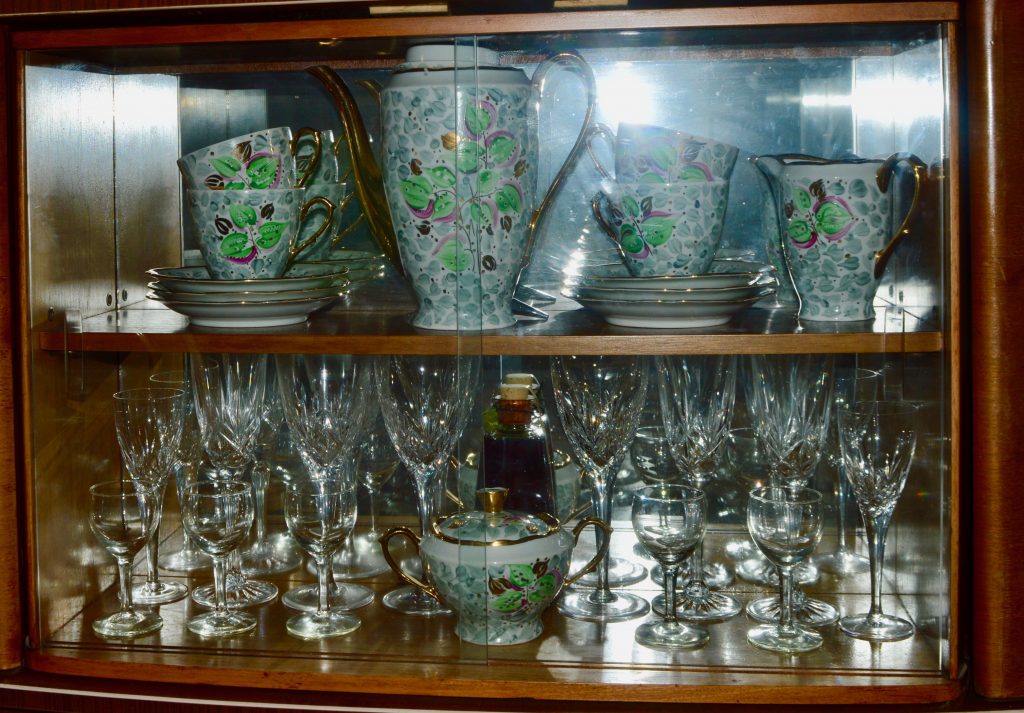
How can you throw out Ciocia’s lovely home knitted jumper, particularly when she still visits regularly, or that crystal wedding present you’ve never actually used? It’s just not the done thing. „ Jak można zrobić taką przykrość Cioci?” You can’t possibly upset Ciocia in this way? Joy doesn’t come into it: family responsibility does. Those of us born to parents who remember the “kredens” rather than the all in one “meblościanka” in current Polish homes where all manner of things are hidden, will know that this is where you display presents, heirlooms if you have them, and all things that you very rarely might use, other than Wigilia or Wielkanoc.
Five: Bo to część naszej historii, because it’s our history
Because our parents had nothing or very little to hand down to us from grandparents, due to being forcibly “relocated”, some of us want to create our own history. We have a table from my husband’s side of the family, designed as a decorative one for a large house. It has 18th century legs and a totally different mahogany top added by his grandfather, but it has history and after many incarnations has finally become my desk in the study. It’s too low for a normal desk so it has to have a specially low chair to go with it. But it’s an heirloom so for me, it has to be kept.
So what is the magic of Mari Kondo’s method?
- Start by sorting through your items by type. Begin with clothes (and subcategories, e.g. tops/shirts). This involves getting all your tops/shirts out from everywhere in the home, piling them on a bed or floor and throwing out anything that doesn’t bring you joy. Then move onto the next category (jumpers, skirts, shoes etc) but not before you’ve totally finished this one. Leave the hard, memory-related books, papers and trinkets until last.
- Never make piles anywhere, always stack vertically, be this books, papers or clothes. Really. Fold all clothes that don’t need to be hung into a small rectangle and store upright.
- Make sure everything has an easy and natural home, in drawers and on shelves. Never on worktops, windowsills, floor etc. And always put things back in their home when used.
- Hang clothes in wardrobes by dark to light colour and weight from left to right, so your tops/shirts are on the right.
Marie Kondo has posted many online videos and had a Netflix series so there’s plenty you can watch. I tried some of the advice, like rehanging my wardrobe in colours getting lighter to the right, which has made me feel very positive about my clothes when I open my wardrobe of a morning. Or the folding trick. I have already instigated it in my drawer and it is amazing. Suddenly I can see exactly what is in this drawer, all of the time, and more importantly I can now see what I have not worn for a long time. That in itself has been a revelation. Just look!

Does this bring joy? That all depends on how you interpret joy. As I have a Polish soul, which is where so many dilemmas begin…I’ve found my own adaptation which includes memory, usefulness and quality. But it has been a good beginning.
This was first published in 2018. If you enjoyed reading this article, read:
Five things I love about Poland
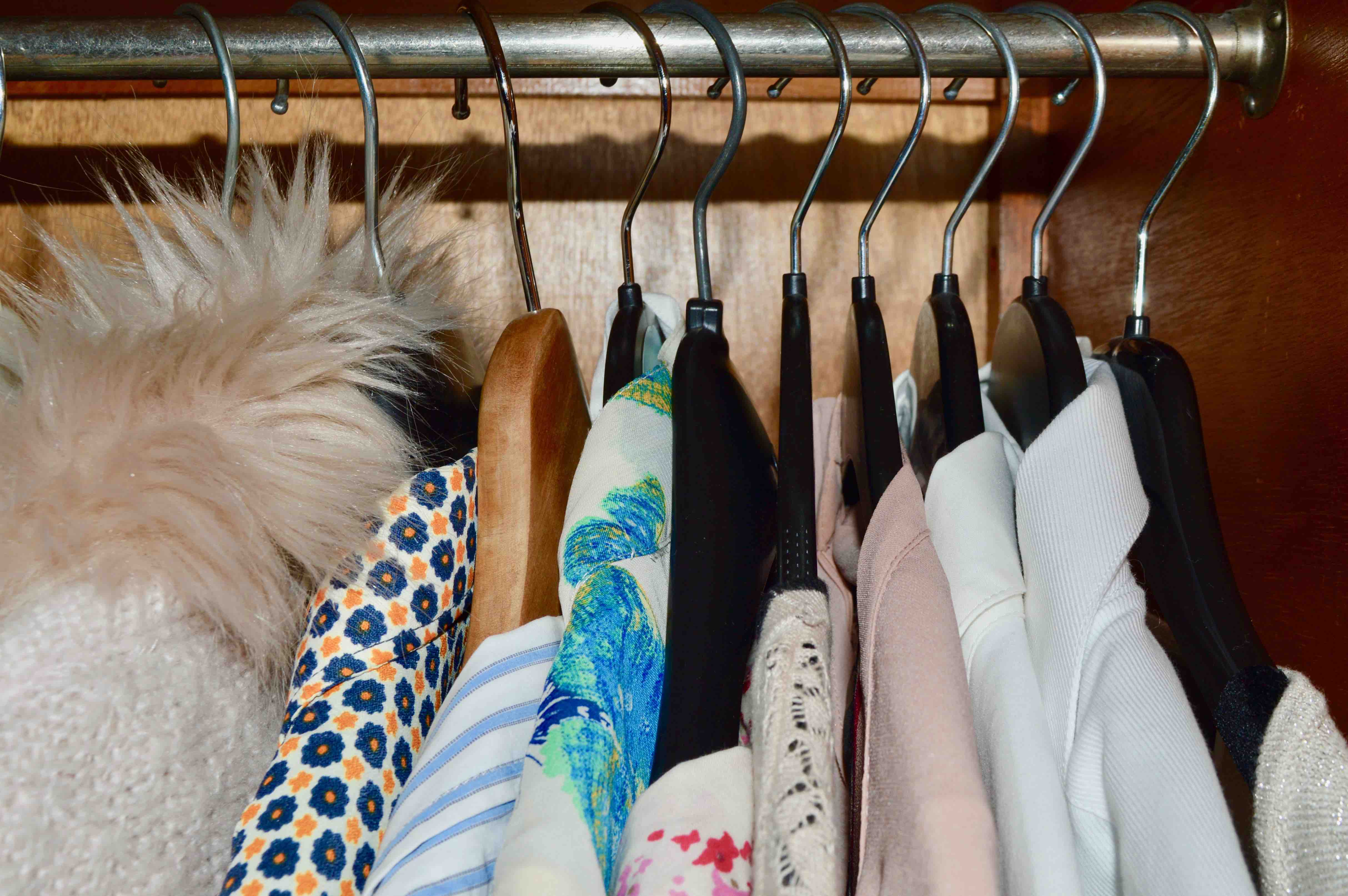
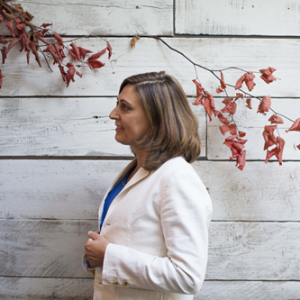
 1.Tracing Family History pre-WW2
1.Tracing Family History pre-WW2 2. Tracing Family History WW2
2. Tracing Family History WW2